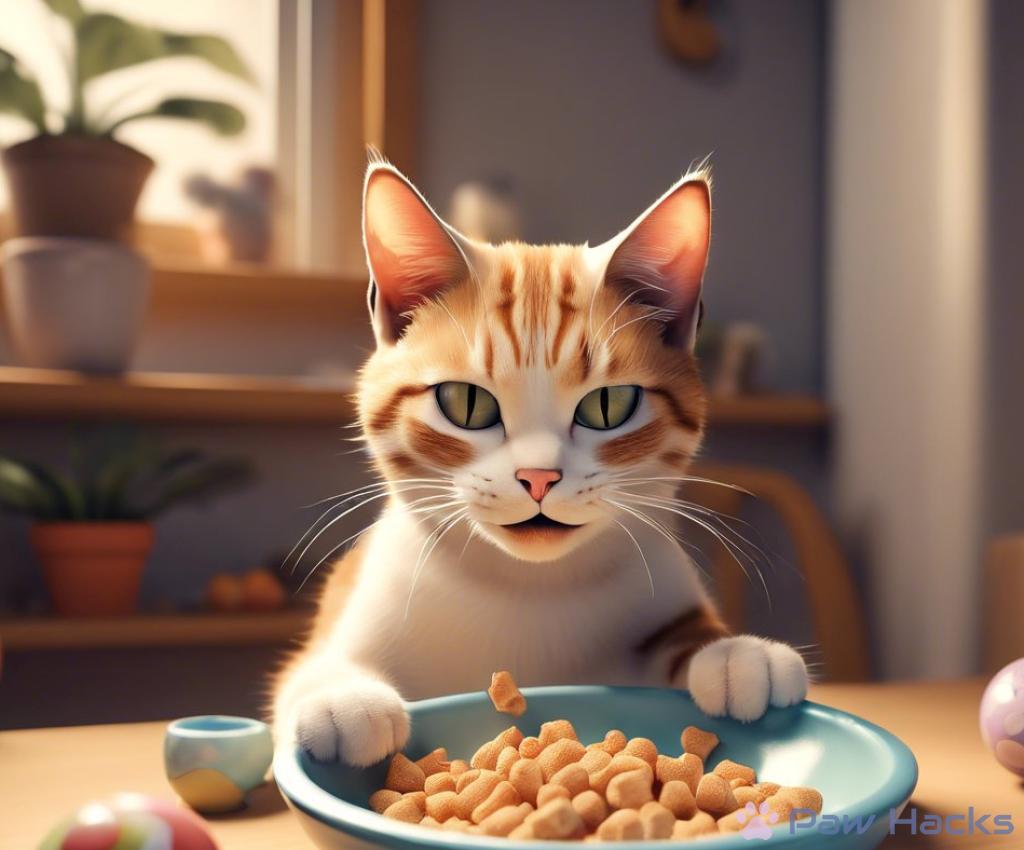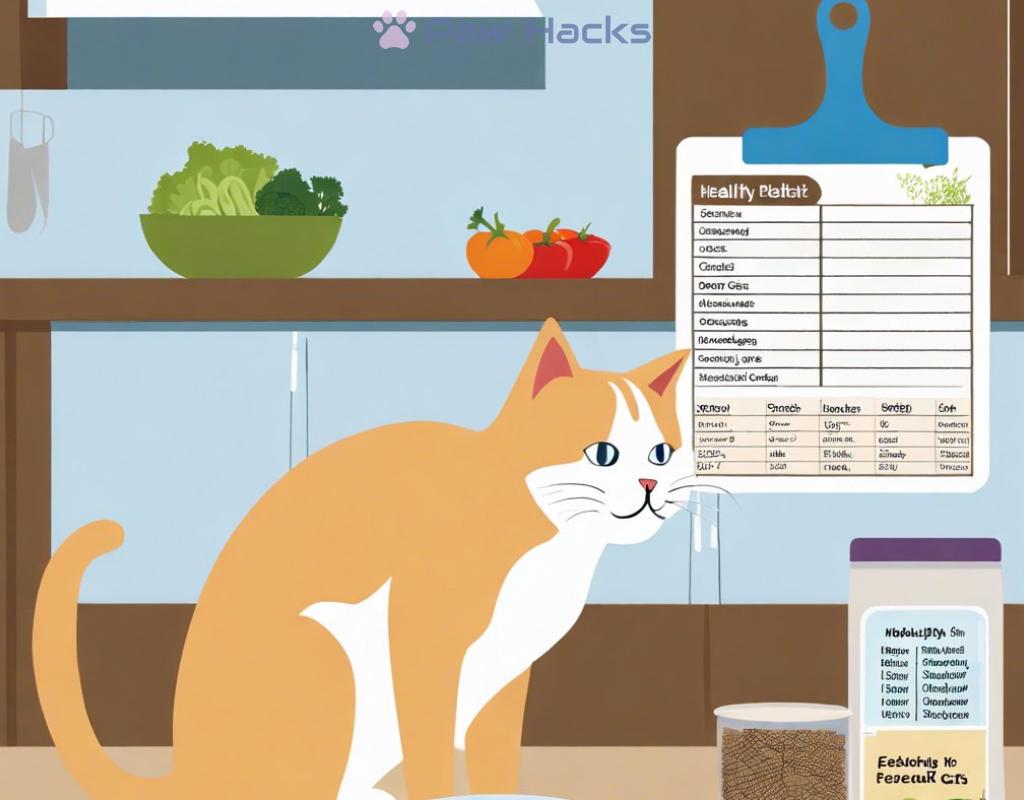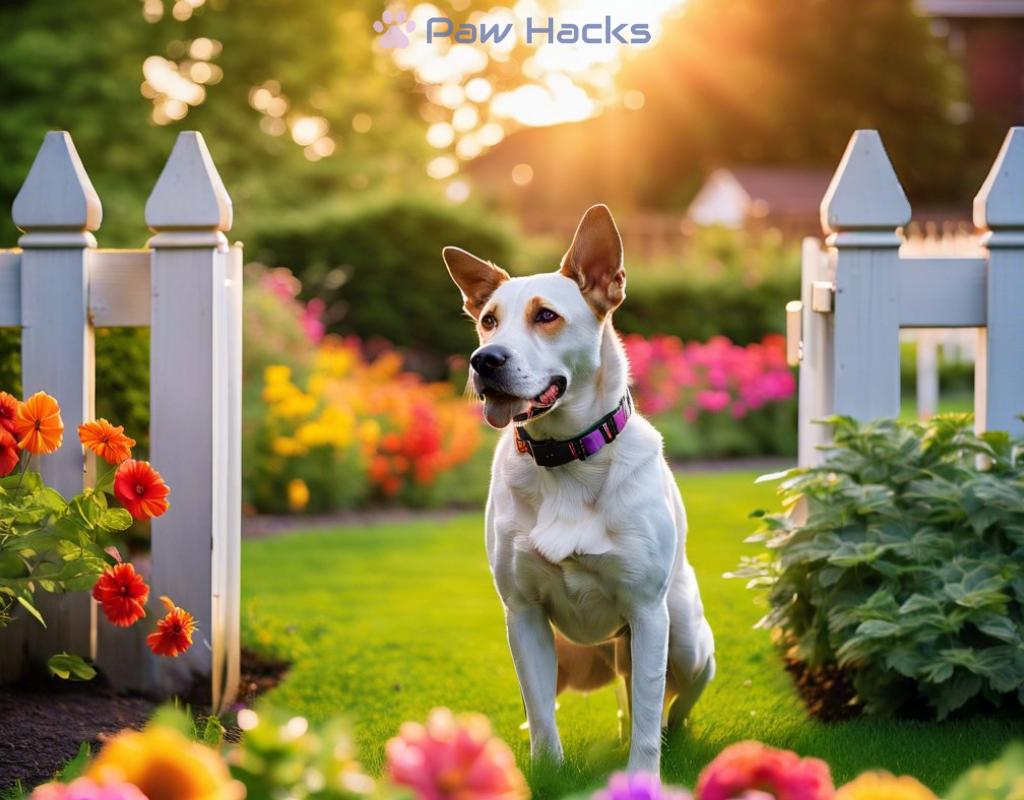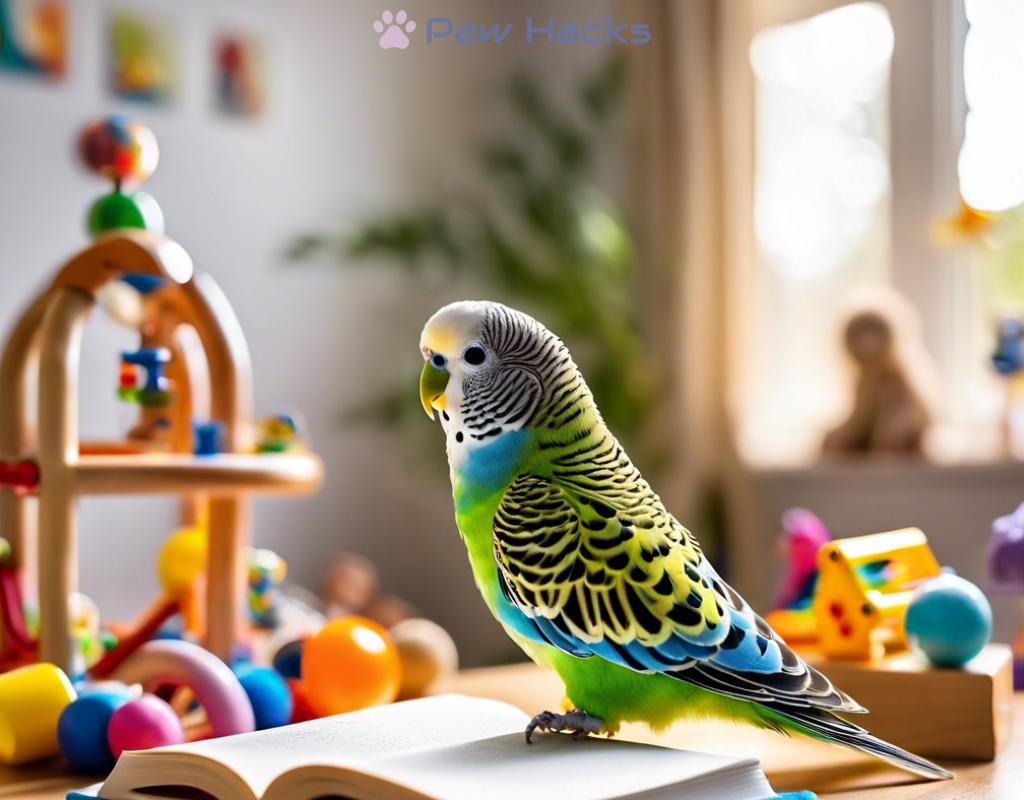Stopping Cats from Overeating
Understanding Your Cat’s Eating Habits: The Key to Preventing Overeating

Understanding why your cat eats the way it does is essential in preventing overeating. Cats are creatures of habit, and their eating patterns can reveal a lot about their overall health and well-being. By observing their behavior and preferences, you can make informed decisions about their diet and feeding routines.
Many factors influence a cat’s appetite, including age, activity level, and even stress. Recognizing these variables can help you tailor a feeding plan that meets your furry friend’s needs without encouraging overeating.
Establishing a structured feeding routine plays a crucial role in managing your cat’s eating habits. Cats thrive on routine, and by providing consistent meal times, you can help regulate their appetite. Additionally, the environment in which they eat can significantly impact their food intake.
Consider the following strategies to create a balanced feeding environment:
- Use smaller, more frequent meals instead of free-feeding.
- Provide a calm and quiet space for your cat to eat.
- Incorporate puzzle feeders to slow down their eating.
- Limit treats and table scraps to maintain a healthy diet.
It’s crucial to be aware of the signs that your cat may be overeating. Overeating can lead to obesity, which can cause a range of health issues including diabetes and joint problems. By keeping an eye on your cat’s habits, you can intervene before it becomes a more significant issue.
Here are some common signs that your cat may be overeating:
- Weight gain or noticeable increase in body size.
- Frequent begging for food even after meals.
- Vomiting after eating.
- Excessive lethargy or inactivity.
By understanding your cat’s eating habits and implementing effective feeding strategies, you can create a healthier lifestyle for your pet and prevent the risks associated with overeating.
The Right Portions: How to Measure Your Cat’s Food for a Healthy Diet
Finding the right food portions for your cat is a fundamental step in managing their weight and overall health. Many pet owners often struggle with determining how much food their feline friend really needs. The key is to balance their nutritional requirements with their activity levels and life stage. By measuring portions accurately, you can help prevent overeating and ensure your cat maintains a healthy weight.
Every cat is unique, and their dietary needs can vary based on factors such as age, breed, and lifestyle. For instance, kittens require more calories to support their growth, whereas senior cats may need fewer calories to avoid weight gain. It’s essential to consult with your veterinarian to develop a tailored feeding plan that meets your cat’s specific needs.
Implementing portion control is crucial in managing your cat’s intake. There are several effective techniques you can use to ensure your cat receives the right amount of food:
- Use a measuring cup: Always use a standardized measuring cup to portion out dry food and avoid estimating.
- Follow feeding guidelines: Refer to the feeding guidelines provided on the cat food packaging, adjusting for your cat’s weight and activity level.
- Monitor body condition: Regularly assess your cat’s body condition score to determine if adjustments to portions are necessary.
- Incorporate feeding schedules: Instead of free-feeding, establish set meal times to regulate their intake.
Once you have a clear understanding of your cat’s nutritional needs and portion control techniques, the next step is to create a structured feeding plan. Below is a sample feeding plan that can serve as a guide:
| Cat Age | Portion Size (daily) | Feeding Frequency |
|---|---|---|
| Kittens (up to 6 months) | 4-6 meals of 1/4 cup | 4-6 times |
| Adult Cats (1-7 years) | 1/2-1 cup | 2 times |
| Senior Cats (7+ years) | 1/4-1/2 cup | 2 times |
By using this structured approach to portioning, you can better manage your cat’s diet and help them maintain a healthy weight. Remember, the right portions not only contribute to a balanced diet but also promote a happier and healthier lifestyle for your feline companion.
Engaging Playtime: Keeping Your Cat Active to Reduce Overeating
In the quest to manage your cat’s weight and prevent overeating, it’s important to recognize that physical activity plays a crucial role. Cats are natural hunters, and their instinctive behaviors can be harnessed through engaging playtime. Not only does active play help burn off excess energy, but it also stimulates their minds and keeps boredom at bay, which can lead to overeating.
The Importance of Active Play is often underestimated in the realm of pet care. Many cats spend a significant amount of time lounging around, which can contribute to an increase in body weight. By incorporating regular play sessions into their daily routine, you can create a more active lifestyle for your furry friend. This will not only help regulate their appetite but also foster a bond between you and your cat.
Choosing appropriate play activities is essential in keeping your cat engaged. Rather than relying solely on passive toys, consider interactive play options that mimic hunting behaviors. Using feather wands, laser pointers, or even small balls can trigger your cat’s predatory instincts, encouraging them to chase and pounce. Such dynamic movements help in burning calories while also providing mental stimulation.
Setting a Routine can greatly enhance the effectiveness of playtime. Aim to dedicate at least 15-30 minutes each day to active play sessions with your cat. This not only establishes a predictable schedule for your pet but also reinforces the idea that play is a rewarding experience. By being consistent with these sessions, your cat will learn to anticipate playtime, which can reduce their tendency to beg for food out of boredom.
Moreover, it’s beneficial to incorporate a variety of activities to keep things fresh and exciting. Cats, much like humans, can become bored with repetitive tasks. Introducing new toys or rotating existing ones can spark their interest and encourage more vigorous play. Additionally, consider engaging them in puzzle games that require them to think and strategize, further enhancing their physical and mental well-being.
Ultimately, the key to stopping your cat from overeating lies in understanding their natural instincts and providing ample opportunities for them to express those instincts through active play. By prioritizing regular exercise as part of their daily routine, you not only reduce the likelihood of overeating but also contribute to a happier, healthier cat.
Choosing the Right Food: How Nutrition Affects Your Cat’s Appetite
When it comes to managing your cat’s eating habits, the type of food you choose plays a pivotal role in controlling their appetite. Understanding the nutritional components of cat food can empower pet owners to make better decisions that not only satisfy their cat’s taste buds but also promote a healthy weight. Selecting the right food is not merely about filling the bowl; it’s about nourishing and nurturing your feline companion.
Every cat has unique dietary requirements influenced by factors like age, activity level, and overall health. When choosing food, focus on high-quality ingredients that provide complete nutrition. Protein is a fundamental building block for cats, as they are obligate carnivores. Foods rich in animal proteins can help maintain muscle mass and support energy levels. Additionally, fats, when sourced correctly, serve as an essential energy source and can enhance the palatability of the food, keeping your cat satisfied without overindulging.
Moreover, fiber is another crucial element that can help control your cat’s appetite. Foods with appropriate fiber content can promote a feeling of fullness, reducing the urge to overeat. It’s essential to balance these components, as too much or too little of any nutrient can lead to obesity or other health complications.
Alongside knowing what to include in your cat’s diet, it’s equally important to be aware of what to avoid. Many commercial cat foods contain fillers such as corn and wheat, which provide little nutritional value and can lead to overeating. These ingredients can cause your cat to feel less satiated, prompting them to seek more food. Additionally, avoid foods high in sugars or artificial additives, as these can lead to unhealthy weight gain and even diabetes.
Ultimately, investing time in researching and selecting the right food for your cat can significantly influence their appetite and overall health. A well-balanced diet tailored to your cat’s specific needs is crucial in curbing overeating and ensuring they lead a healthy life.
Creating a Routine: Establishing a Feeding Schedule for Your Feline Friend
Establishing a feeding routine is one of the most effective strategies in managing your cat’s appetite and preventing overeating. Cats thrive on predictability and structure, and a consistent feeding schedule can help regulate their hunger signals. By understanding how to create a feeding routine, you can foster a healthier relationship between your cat and its food, ensuring they receive the nutrition they need without the risk of excess weight gain.
Implementing a structured feeding schedule offers numerous advantages not only for your cat’s health but also for your peace of mind as a pet owner. With a routine in place, you can:
- Control Portions: By determining specific meal times, you can measure out appropriate portions, preventing the temptation to overfeed.
- Reduce Begging Behavior: A set schedule helps your cat understand when to expect food, which can minimize incessant begging or scavenging.
- Strengthen Bonding: Feeding time becomes an opportunity for bonding, allowing for interaction and attention during meals.
Creating a feeding schedule requires consideration of your cat’s age, health, and lifestyle. Here’s a straightforward approach to crafting an effective feeding plan:
| Cat Age | Feeding Frequency | Portion Size (daily) |
|---|---|---|
| Kittens (up to 6 months) | 4-6 times a day | 1/4 cup per meal |
| Adult Cats (1-7 years) | 2 times a day | 1/2-1 cup per meal |
| Senior Cats (7+ years) | 2 times a day | 1/4-1/2 cup per meal |
By adhering to this schedule, you can ensure your cat receives the right amount of food at appropriate intervals, helping to maintain a healthy weight and preventing overeating.
While establishing a feeding schedule is vital, there are additional strategies you can employ to enhance its effectiveness:
- Use Timed Feeders: Consider using automated feeders that dispense food at set times, making it easier to stick to the schedule.
- Monitor Weight Regularly: Keep track of your cat’s weight to determine if adjustments to portions or feeding frequency are necessary.
- Stay Consistent: Consistency is key; try to feed your cat at the same times each day to reinforce their routine.
By crafting a thoughtful feeding schedule and incorporating these strategies, you can successfully manage your cat’s eating habits, significantly reducing the likelihood of overeating. A balanced approach ensures your feline friend remains healthy and happy, allowing you both to enjoy your time together.
Share this content:



